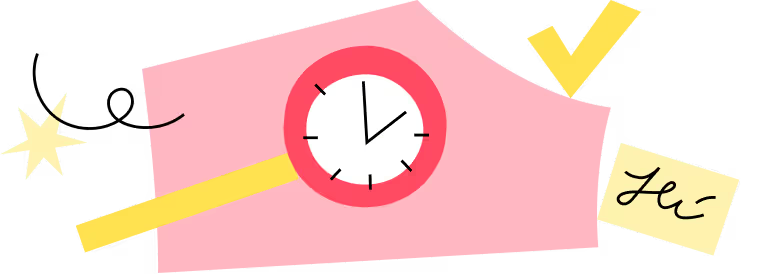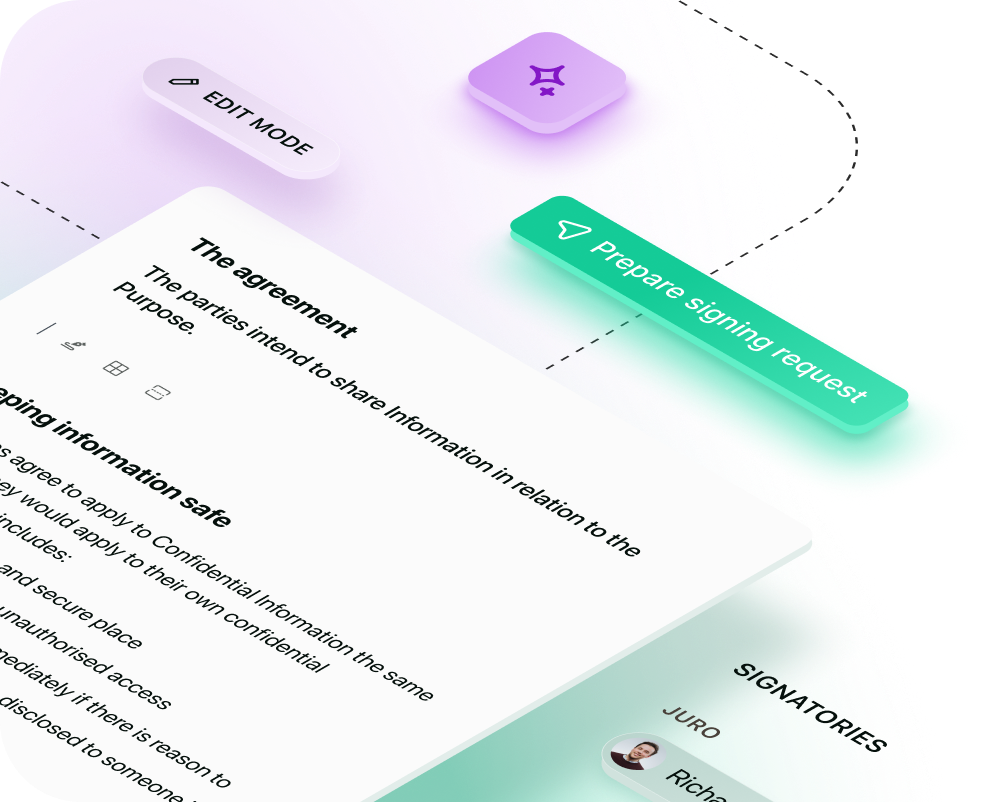Solutions
Customer Support
Resources
Use this copyright license agreement to protect and manage the rights to your creative work.




In the digital age, where content is king, protecting and managing the rights to creative work is more crucial than ever.
Whether you're a photographer, a musician, a software developer, or a writer, a copyright license agreement is an essential tool in your arsenal. Let's dive into what these agreements are, who uses them, and how you can create one efficiently.
A copyright license agreement is a legal contract that grants permission to use copyrighted material. It is a formal way to specify how, where, and for how long someone else can use your creative work.
This type of agreement is vital for anyone who wants to monetize their creations without transferring the ownership of their copyrights.

There are several types of copyright license agreements, each tailored to specific needs:
Understanding the nuances of each type is key to selecting the right one for your needs.
Here are common scenarios where a Copyright License Agreement is indispensable:
.avif)
Copyright license agreements are typically drafted by the copyright owner or their legal counsel. In some cases, publishers, production companies, or licensing agencies may also create these agreements on behalf of the owner.
A robust copyright license agreement should cover:
Creating a copyright license agreement from scratch can be daunting and time-consuming. The traditional process often involves back-and-forth communication, negotiation, and a lot of paperwork.
Common Pain Points in Creating Copyright License Agreements
.avif)
Modern solutions like contract automation platforms can streamline the creation and management of Copyright License Agreements. Here's how you can benefit:
.avif)
Q: Can I license copyrighted material without an agreement?
A: It's not recommended. Without a formal agreement, the terms of use are unclear and can lead to legal disputes.
Q: How specific should the license terms be?
A: The more specific, the better. Clearly defined terms prevent misunderstandings and protect both parties' interests.
Q: Can I terminate a license agreement early?
A: This depends on the termination clauses outlined in the agreement. Both parties should understand the conditions for early termination.
Q: Is a license agreement the same as a transfer of copyright?
A: No, licensing allows use without transferring ownership. A transfer of copyright would mean giving up all rights to the work.
If managing copyright licenses is a bottleneck in your creative process, consider a contract automation platform. Juro offers a unified workspace to create, manage, and execute copyright license agreements with ease.
Ready to streamline your licensing? Contact us to book a demo below.
Juro is the #1-rated contract platform globally for speed of implementation.


Juro embeds contracting in the tools business teams use every day, so they can agree and manage contracts end-to-end - while legal stays in control.
Book your demo